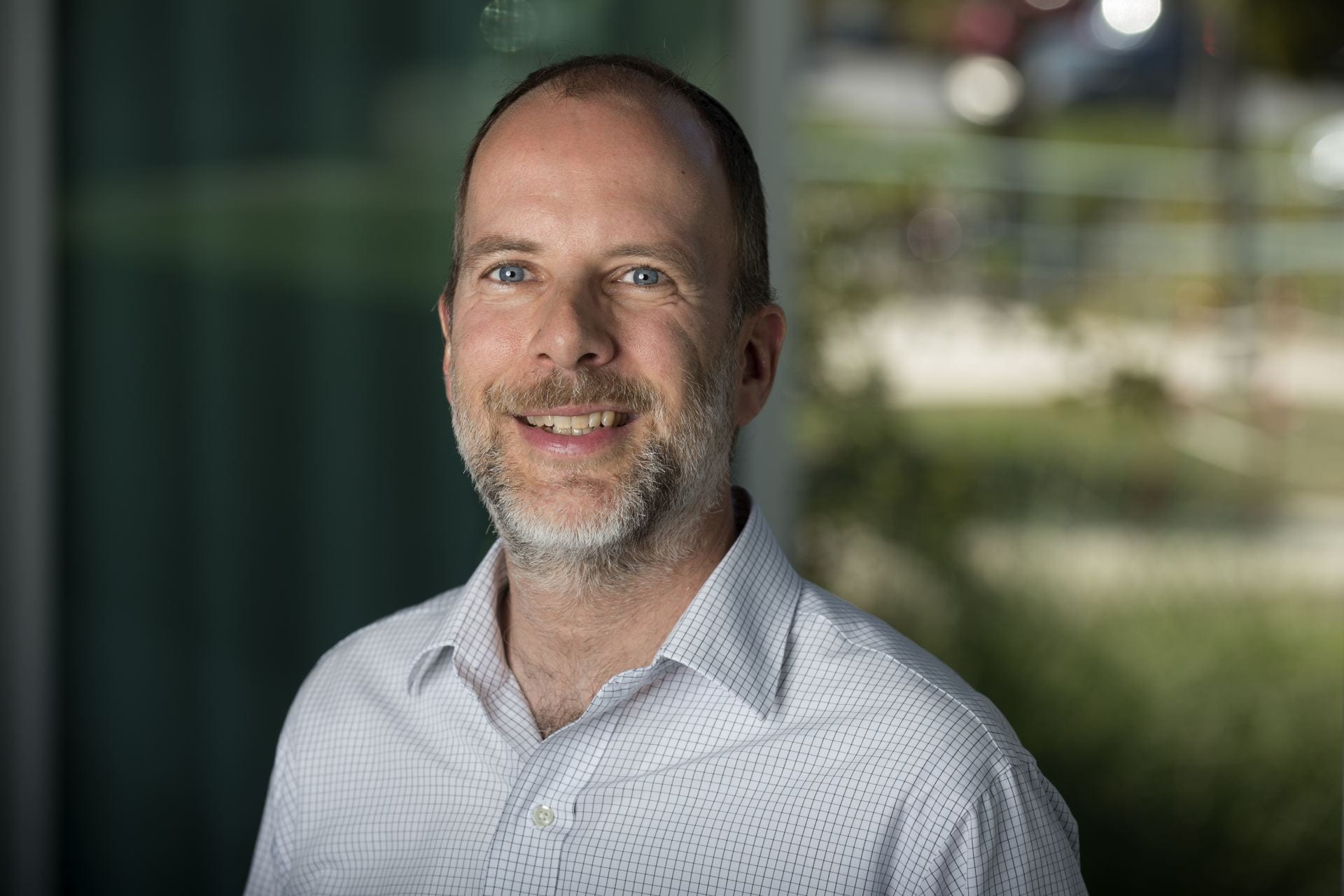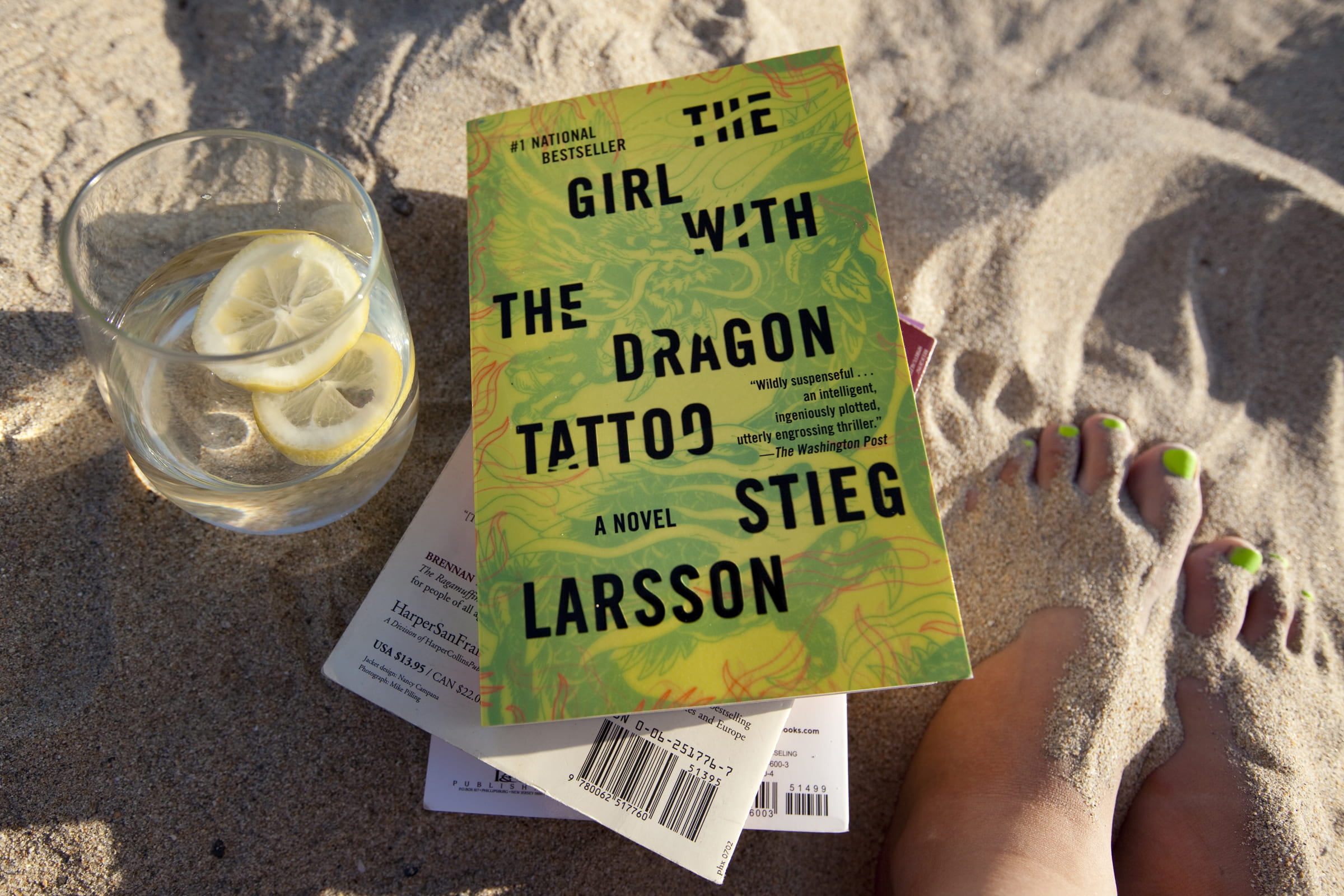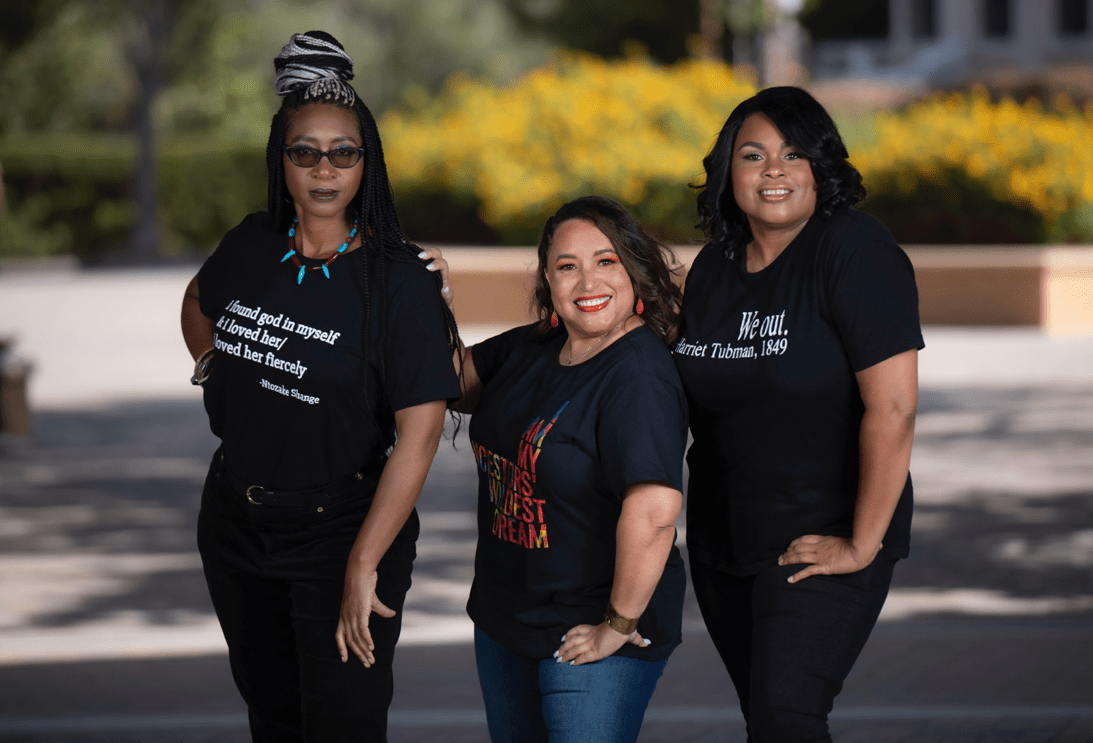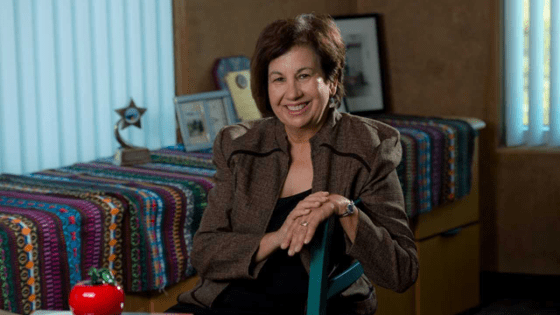UCI Judaic scholar discusses upcoming Holocaust exhibition
Installation provides ‘opportunity for learning, for reflection, for conversations, about the lethal danger of antisemitism,’ he says

In May 2020, Matthias Lehmann, UCI professor of history and Teller Family Chair in Jewish History, was elected to the American Academy for Jewish Research – the oldest organization of Judaic scholars in North America. AAJR fellows are considered the most distinguished scholars teaching Judaic studies within U.S. universities.
Lehmann is also director of UCI’s Center for Jewish Studies. His undergraduate course titled The Holocaust always fills to its capacity of 120 and attracts students from diverse ethnic and religious backgrounds. As the class description states, it asks them to ponder such questions as “How do we comprehend the incomprehensible? Can we make sense of such a horrifying event? Does it defy explanation?”
Starting Feb. 2 and running through March 9, UCI’s Jack Langson Library will host the “Americans and the Holocaust” traveling exhibition of the United States Holocaust Memorial Museum. Lehmann played an important role in planning some of the events complementing the installation. We asked him about this unique opportunity for UCI to share this exhibition with both the campus and the greater community.
What was your reaction when you learned that UCI Libraries was applying to be one of the sites to host the traveling exhibition “Americans and the Holocaust”?
When I first heard that member of Congress Katie Porter had reached out to UCI Libraries after seeing “Americans and the Holocaust” about the possibility of bringing this exhibition to Orange County, I was very excited. I had been teaching undergraduate courses on the Holocaust and antisemitism for years, and I knew that this would resonate with the community. More than seven decades have gone by since the liberation of Nazi death camps some 5,500 miles away. Focusing on American responses to the Holocaust seemed like an incredible opportunity to reach a younger audience, for whom the history of the Holocaust is really very distant and for whom it’s not always self-evident why it should matter to us here and today.
What does it mean to UCI to be able to host and share this traveling exhibition with the Southern California community?
We live in a time of rising antisemitism: The recent hostage-taking at a synagogue in Texas is just the latest reminder. And the surprising lack of knowledge about the Holocaust doesn’t help: In 2020, there was an article published by The Guardian under the headline “Nearly two-thirds of US young adults unaware 6m Jews killed in the Holocaust.” This exhibition provides an opportunity for learning, for reflection, for conversations, about the lethal danger of antisemitism. And let’s not forget that antisemitism never exists in a vacuum, that antisemitism thrives where democracy and freedom and human dignity and equality are under threat, where there is blatant disregard for truth, where division and polarization and fear drive the politics of the moment. At our Center for Jewish Studies here at UCI, educating students about the Holocaust and antisemitism is one of our main priorities, and a rise in antisemitism has made this only more urgent, so I think it’s very timely that we have this exhibition here in Orange County.
Is there a specific part of the exhibition that you find particularly impactful?
There are a lot of images and video footage and a great deal of information in this exhibition that are very impactful. But there’s a simple set of numbers that somehow stuck with me: The exhibition mentions opinion polls from the U.S. in the 1930s and 1940s. Shortly after the November 1938 pogrom called Kristallnacht – when hundreds of synagogues went up in flames across Germany, Austria and the Sudetenland, and close to 100 Jews lost their lives – one poll asked Americans whether they approved or disapproved of measures against Jews in Nazi Germany. Not surprisingly, a full 94 percent said they disapproved. But when asked whether the U.S. should allow larger numbers of Jewish exiles from Germany to enter the country, 71 percent of respondents said no. What’s sobering, I think, is that a similar kind of poll today would probably produce the same results. We might be appalled by human rights violations and violence in other countries, but are we willing to welcome the immigrants who are doing nothing but trying to escape that violence?
You have visited the United States Holocaust Memorial Museum in Washington, D.C., where “Americans and the Holocaust” is just one of several exhibitions to see. What are some of your memories of the experience?
I had the opportunity to spend a couple of weeks participating in a seminar on Holocaust education at the United States Holocaust Memorial Museum in Washington a few years ago. That was really important for me as I was preparing to teach the undergraduate survey in Holocaust history for the first time, and I learned an incredible amount from the scholars at the museum and the other participants in the seminar. I’ve taught this course on the Holocaust ever since – for the sixth time this past fall quarter. The museum and its exhibitions are certainly impressive, but there is so much more. The resources available for researchers and teachers are simply incredible. I couldn’t be more pleased that UCI Libraries is hosting this traveling exhibition here in Orange County. There is so much more that we can learn about the Holocaust, including the complicated ways that Americans responded to the events that were unfolding in Europe – and that’s only a small snapshot of the historical resources available for researchers in Washington.
Americans and the Holocaust was made possible by the generous support of lead sponsor Jeannie & Jonathan Lavine. Additional major funding was provided by the Bildners — Joan & Allen z”l, Elisa Spungen & Rob, Nancy & Jim; and Jane and Daniel Och. The Museum’s exhibitions are also supported by the Lester Robbins and Sheila Johnson Robbins Traveling and Special Exhibitions Fund, established in 1990.
If you want to learn more about supporting this or other activities at UCI, please visit the Brilliant Future website. Publicly launched on Oct. 4, 2019, the Brilliant Future campaign aims to raise awareness and support for UCI. By engaging 75,000 alumni and garnering $2 billion in philanthropic investment, UCI seeks to reach new heights of excellence in student success, health and wellness, research and more. The UCI Libraries plays a vital role in the success of the campaign. Learn more by visiting: https://brilliantfuture.uci.edu/uci-libraries/.


